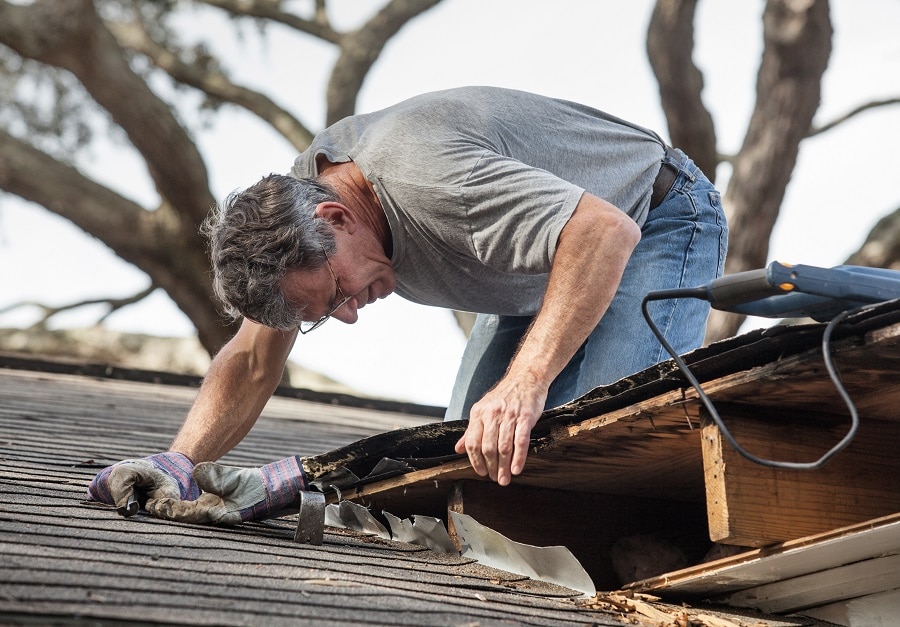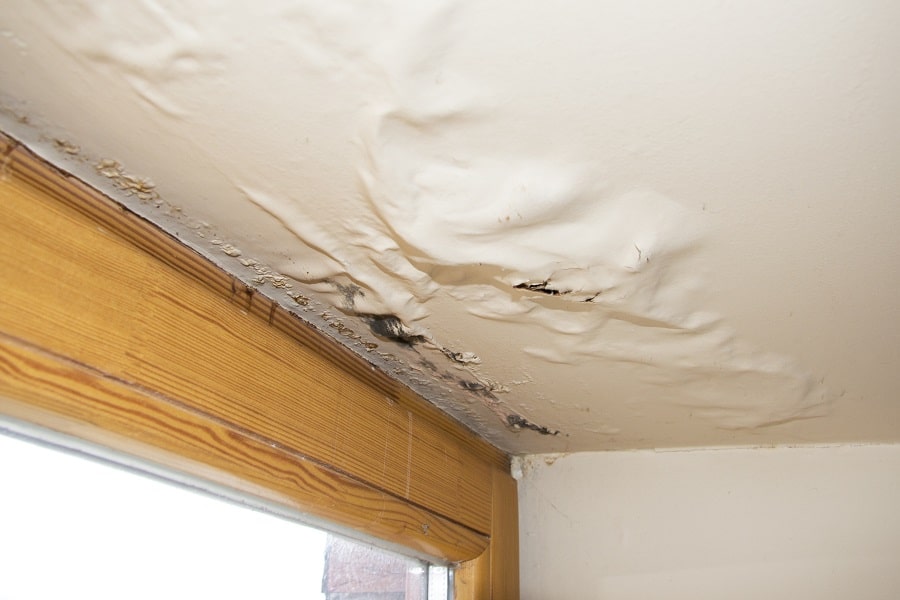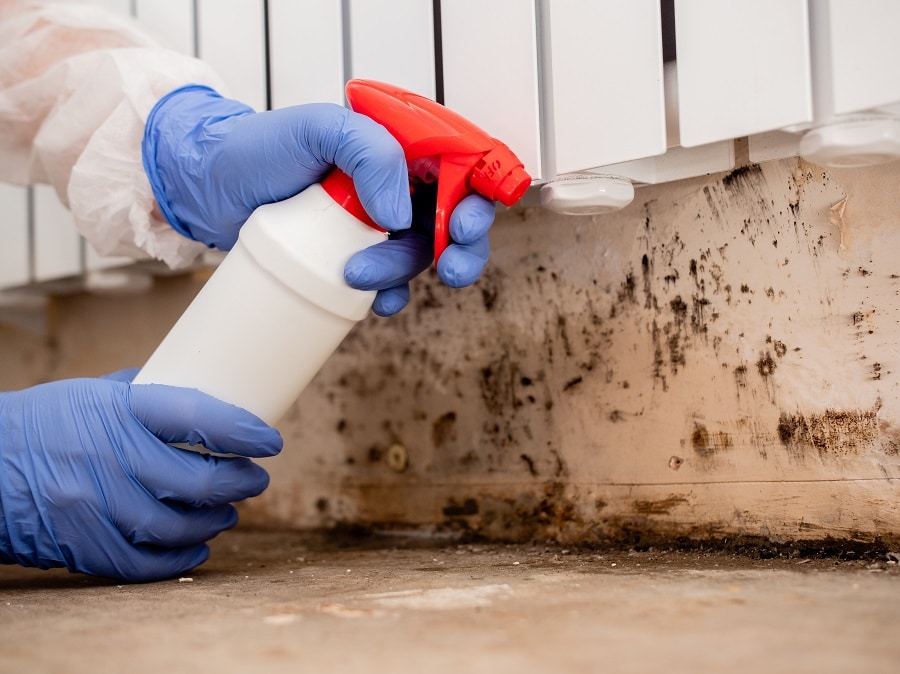Rot is often the cause of timber decay, regardless of the age of the building that houses it. Wood rot can show up in two prevalent forms: dry rot and wet rot, both resulting from fungal decay suffered by building timbers.
What is Wet Rot?
This is a type of parasite which can be found in wet timber. It distorts the timber, making it swell and separating the fibres, which eventually leads to crumbling and loss of strength in the structure. Wet rot can speed up the decay process, making timber lose its structural integrity and eventually collapse. Exposure to sources of moisture is the root cause of wet rot in structural wood. It could be from faulty plumbing or penetrating damp, on the ‘wet’ side of the house. Wet Rot is a fungus and will spread to neighbouring timbers, which in turn suffer damage.
Our Guarantee
- upto 30 year guarantee
- customer focused team
- 20 years combined experience
- portfolio of satified customers
- attention to detail
- Construction line accreditation
- public liability insurance
- CHAS accreditation
What is the Difference Between Dry Rot and Wet Rot?
Dry rot can inflict damage faster and trigger extensive decay to structural timber as it consumes and spreads throughout the affected property. Wet rot, on the other hand, is far more common even though the effects are less severe: damage is restricted to the waterlogged areas on the timber. In the absence of fungi, wet and dry rot can be differentiated by relating the extent of damage (size and type of cracks) and the colour of the timber with the development of either type of rot.
What causes Wet Rot?
Wet rot spores are only present in certain environmental conditions. Moist timber is arguably the chief cause of wet rot. Moisture plays a major role in the appearance and progression of wet rot. In these cases, the timber starts to show visible signs of decay.
The Dangers of Wet Rot in Eastbourne
Wet rot is a serious problem. It can cause irreparable damage to your home and reduce its value. Wet rot must be treated immediately it is noticed, or it will spread throughout your home. A survey conducted on 2,038 property owners in London asked if they had ever had to deal with wet rot, where the affected area was, and if they were able to successfully prevent a recurrence.
The results were quite surprising; over 20% of the respondents had experience with some form of wet rot. Wet rot damages timber floors and can even affect the building’s structural integrity. Besides the costly repair work required to get rid of wet rot, it can also reduce your property’s value, and many insurance firms do not provide coverage for houses where there is moisture ingress and damp build-up.

What are the Warning Signs of Wet Rot?
Signs of Wet Rot or the conditions needed by the fungus to become pervasive can vary depending on type cause of moisture with a property. Some obvious signs include peeling wallpaper, a musty smell, malfunctioning cookers and central heating boiler. Common areas where wet rot occurs include beneath the kitchen sink, along external walls, attics and roof spaces. Wet rot will normally affect older structures which have been constructed with timber frames and not modern species like Meranti and Sapele. Timber below ground level and as high as the one-floor level are also vulnerable to wet rot. Identifying it when it appears is the first step towards getting rid of wet or dry rot. A damp survey is on the cards if you believe your home has been infested.
Call Our Sussex Damp Experts team now for quote, consultation and advice:
Call on 01273 257 765.
How and When Should I Look for Wood Rot?
It should be conducted annually. Similar to spring cleaning, you need to inspect your home for telltale signs of wood rot or damp, and the period reserved for weatherproofing activities before winter is an ideal time to do this. You need a flashlight and a screwdriver.
You should check the window siding for signs of discolouration and swelling. Since paint can hide wood rot and to ensure that it is solid, poke the siding with the screwdriver. If the wood gives in with pressure and has a spongy texture, then you are dealing with wood rot. Use a decent flashlight to inspect the attic for discoloured wood. Perform the screwdriver test if you find any that matches this description. You need to examine the roof decking’s base, the edge of the attic where the eaves are fashioned out of angled rafters, and the intersection of logs at the rooftop. These are the best locations for wood rot to grow in the attic.
Using a flashlight to spot discolouration around the perimeter wood plate on the concrete wall, check wood members in the basement or crawl space (sill plate). Use the screwdriver test, wherever necessary, on any discoloured regions. Check floors and walls for signs of discolouration underneath the sinks or water leakage around the water heater and baths/tubs.
How do we identify wet rot?
Recognising wet rot is not always a straightforward or easy task, wet rot is versatile and attacks timber in several forms. If a knife can be buried up to the hilt in painted timber, the wood is suffering from rot. Our team of damp-proofing specialists have advanced training and years of experience to pick out the following:
- Localised fungal growth on timber
- The soft, spongy feel of timber; the affected area appears darker than the surrounding timber.
- The soft and spongy texture of rotting timber; the affected region often looks darker than the other parts.
- That spongy, soft feel timber gets when affected by wet rot; the affected parts are darker than the other areas.
- The spongy, soft texture of rotten timber; the infested area is darker than the other parts.
- The springy feeling that is an indicator of wet rot; the affected area is often darker than others around it.
- Crumbling of affected dry timber into particles.
- Dry timber crumbling into particles.
- The crumbling of infested timber into dry particles.
- Dried-out timber disintegrating into particles.
- The disintegration of rot-eaten timber into particles.
- Shrinking timber
- Bleaching wood in window and door frames
- Flaky or damaged paint
- A musty, damp smell
What to Do After You Detect Wet Rot?
You need the services of a damp expert to take on wet rot; ensuring the source of moisture is identified and blocked is crucial to preventing repeat cases. For more help on wet rot treatment, Sussex Damp Experts can help! Reach us on 01273 257 765 today.
Wet Rot and Damp Proofing in Eastbourne

If you are looking for professional wet rot treatment and damp proofing services in Eastbourne, we are here for you. Call us if you notice any signs of damp or wet rot in your home, we can fix the problem and help you avoid the health risks and potential damage to your building’s structural integrity as the decay spreads. One of our qualified damp surveyors will be able to determine the cause of the problem and the best course of action to rectify the issue.
Timber damp proofing, not to be confused with cosmetic treatment, refers to a maintenance strategy intended to protect the timber from decay. Protection for timber is possible in two ways.
Surface treatments can never be relied upon; they will always fail, eventually making the situation worse when they do. The only solutions are either fully covering the surface using a membrane, replacing the timber, or treating it. Sussex Damp Experts can provide more information on wet rot treatment, call our experts on 01273 257 765 today to get started.
Wet Rot Treatment Specialists in Eastbourne
With more than 20 years of experience, we are one of Eastbourne’s leading wet rot specialists; offering site surveys and cost estimates at no charge to private and commercial property owners. Our wet rot experts will examine your property and come up with solutions to cut off the source of moisture ingress. Our team of experts can diagnose and treat all types of wet rot in properties using advanced methods.
Wet Rot Treatment in Eastbourne
Wet rot can be found predominantly in areas that are constantly exposed to moisture. Nevertheless, during treatment we don’t just get rid of the wet rot, we tackle the issue at its source. We investigate how moisture comes in contact with the timber and eliminate all future threats that could lead to a similar situation. Wet rot treatment should be handled by professionals who understand the process and can provide lasting solutions. Delay in treatment results in pricey repair work down the line. When you observe the development of fungi growth or hyphae strands, you are best off to engage the services of a specialist team of experts, such as Sussex Damp Experts.

We have the expertise to effectively treat wet rot. Sussex Damp Experts is here to help, we waste no time in identifying the cause for dampness and, which areas have been damaged. Don’t wait any longer, pick up your phone and call us on 01273 257 765 or by using the contact form on our website.
Our Wet Rot Treatment Process in Eastbourne
The more you wait, the worse the damage gets. If you identify the presence of the fungal rot early, treatment can usually be confined to a small area of timber. In more serious situations where the fungus has spread along the breadth of the timber, you may need replacements for entire timber beams. You must take several steps to treat wet rot. The treatment of any fungus-related issue involving timber should start by protecting it from damp. We identify the source of moisture ingress including condensation and broken guttering, and we apply corrective measures to cut them off. Builders and contractors without sufficient expertise in the matter tend to replace the decayed wood. This is usually followed by applying chemical preservatives to the damaged area. Such an approach is assured of failure. If you notice even the slightest signs of wet rot in your property, the team at Sussex Damp Experts is more than happy to help out. Call us today.
What happens to Wet Rot if left untreated?
Overlooking wet rot can only lead to weakened structural timber which could have dire consequences for the residents. When the rot settles in the timber, it becomes spongy and falls in if you poke it with a knife or screwdriver. The long-term effect is that the timber loses its structural integrity with time, and you also run the risk of condemning your building if the issue persists. Call Sussex Damp Experts 01273 257 765 to get started.
What is the cost of Wet Rot Treatment in Eastbourne?
Rot can cause extensive damage to any property. Repair and damp proofing costs will be different for each project based on the type and level of damage inflicted on the wood. However, don’t let it deter you. With our experts who are always willing to help, you will find that wet rot treatment in Eastbourne doesn’t have to cost a fortune. We advise you on the best course of action to protect your home and your health.
How to prevent wet rot?
To prevent decay, the wood must be kept dry and free of moisture. You can also apply wood hardeners to protect the timber from the effects of rot. The wood becomes more resistant to moisture when coated with the hardener. Areas that are more prone to damage from damp include window boxes and sills, and timber in close contact with stonework without being subjected to damp proofing treatment like the use of sealants or fungicides.
Talk to Our Wet Rot Treatment Experts Today!
If you need further information on wet rot treatment from one of our experts, call 01273 257 765 today.
FAQ
Is wet rot smelly?
Is Wet Rot Capable of Spreading?
Can Wet Rot Cause Health Problems?
Is there a DIY treatment solution?




